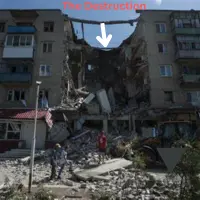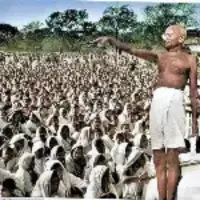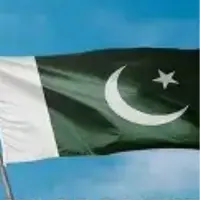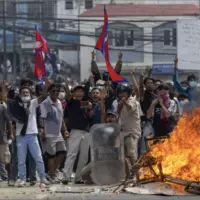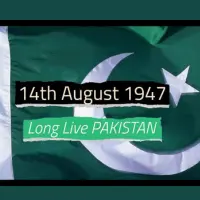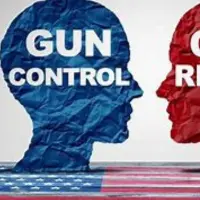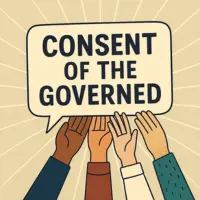Introduction
The Ukraine and Russian war, which escalated into a full-scale invasion on February 24, 2022, has become one of the most resulting conflicts in modern European history. What began as regional unrest following Ukraine’s Euromaidan revolution in 2014 developed into a military confrontation that challenged post-Cold War geopolitical norms.
This research paper explores the origins of the Ukraine and Russian war, its ideological drivers, regional and global implications, and prospects for resolution.
Historical Background: The Prelude to Ukraine and Russian war

The roots of the Ukraine and Russian war stretch back to Ukraine’s independence in 1991 and the subsequent contest over its geopolitical alignment. The immediate trigger, however, was the 2013-2014 Euromaidan protests in Kyiv. These demonstrations erupted when President Viktor Yanukovych, under Russian pressure, abandoned an association agreement with the European Union in favor of closer ties with Moscow. The pro-European protests turned violent after government crackdowns, leading to Yanukovych’s ousting in February 2014.
Seizing on the ensuing instability, Russia covertly invaded Crimea, using disguised troops known as “little green men” to occupy strategic points. A controversial referendum was held, with a reported 95% voting for union with Russia — a result widely condemned as illegitimate. Simultaneously, pro-Russian militias and Russian forces seized control of parts of the Donbas region in eastern Ukraine. Between 2014 and 2021, over 14,000 people were killed in sporadic fighting, with repeated ceasefire violations despite diplomatic efforts like the Minsk agreements.
Ideological and Political Drivers of Russian Aggression – Ukraine and Russian war
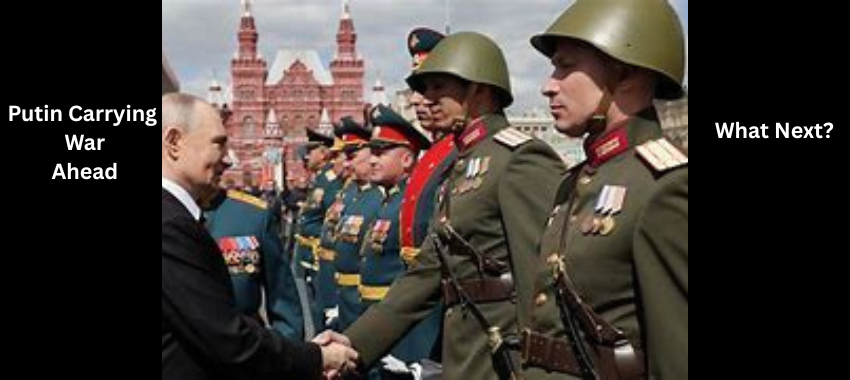
According to Taras Kuzio (2022), a leading scholar on Russo-Ukrainian relations, the ideological foundation of Russia’s invasion lies in Russian chauvinism and President Vladimir Putin’s obsession with denying Ukrainian nationhood. Kuzio argues that Putin views Ukraine not as a sovereign state but as an integral part of a “pan-Russian nation” (obshcherusskij narod) comprising Great Russians (Russians), Little Russians (Ukrainians), and White Russians (Belarusians).
This mindset is rooted in the rehabilitation of White Russian émigré ideologies from the early 20th century, which portrayed Ukrainians as an artificial construct imposed by foreign powers — first the Austrians, later the Soviets, and more recently, the West. Kuzio notes that Putin publicly expressed in 2001 the imperative to “do something, or we’ll lose \[Ukraine]”. This conspiratorial worldview depicts Ukraine as a Western puppet, preventing the “destiny” of Slavic unity.
Furthermore, Russia’s aggression aligns with a broader pattern of destabilizing former Soviet republics where Moscow perceives a loss of influence — evidenced in the 2008 war in Georgia and tensions in Moldova’s Transdniester region.
Regional Dynamics and the Broader Geopolitical Context – Ukraine and Russian war
A scenario analysis by the United States Institute of Peace (USIP) in 2015 highlighted four critical drivers of conflict in the post-Soviet region: indigenous or provoked instability, the Kremlin’s regime stability, Western responses, and Putin’s strategic goals. The analysis identified Ukraine as a “signal case,” noting that Russia’s intervention in Crimea and the Donbas demonstrated a replicable model for controlling strategic neighbors: foment instability, exploit ethnic grievances, and test Western resolve.
The annexation of Crimea and the conflict in Donbas had immediate ripple effects across Eastern Europe and Central Asia. Countries like Belarus and Kazakhstan — nominal allies of Russia — withheld endorsement of Crimea’s annexation, wary of similar interventions on their soil. Frozen conflicts in South Ossetia, Abkhazia, and Nagorno-Karabakh were seen as potential flashpoints under Moscow’s manipulative strategy.
The 2022 Invasion (Ukraine and Russian war): Execution and Strategic Miscalculations
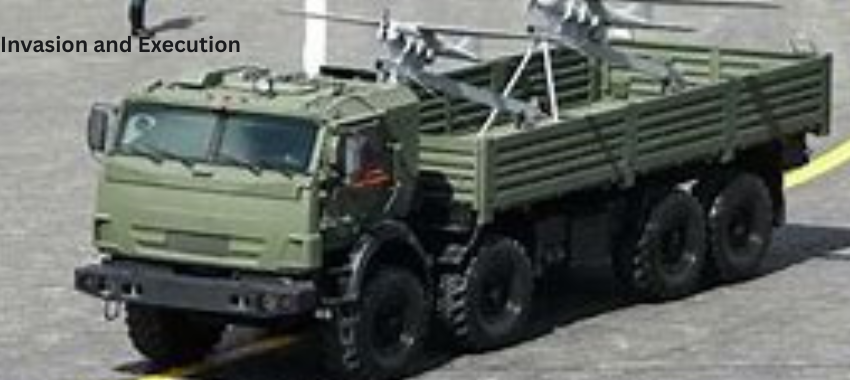
Despite amassing over 190,000 troops around Ukraine’s borders by early 2022, Russia’s full-scale invasion was marred by strategic overreach and logistical failures. The initial plan to swiftly capture Kyiv and install a pro-Russian government collapsed within weeks. Ukrainian forces, bolstered by public support and Western military aid, repelled assaults on the capital and other major cities.
The battle for Mariupol and the siege of Azovstal steelworks became emblematic of Ukraine’s fierce resistance. Russia’s inability to establish air superiority and its vulnerability to modern Western-supplied weaponry like HIMARS artillery systems and Bayraktar TB2 drones further stalled its offensive. The sinking of the Moskva, Russia’s Black Sea flagship, by Ukrainian Neptune missiles symbolized the collapse of Moscow’s naval dominance in the region.
Humanitarian Crisis and War Crimes – Ukraine and Russian war
The Ukraine and Russian war unleashed Europe’s worst refugee crisis since World War II, with over 8 million Ukrainians displaced by 2023. Civilian areas, cultural landmarks, and hospitals became frequent targets of Russian artillery and missile attacks. The massacres in Bucha and Irpin, where hundreds of civilians were executed, shocked the world. The UN and human rights organizations documented mass graves and evidence of torture, sparking calls for war crimes prosecutions against Russian military commanders.
Disinformation, Digital Warfare, and Meme Culture – Ukraine and Russian war
The Ukraine and Russian war was also fought online. Russia’s longstanding information warfare apparatus launched propaganda campaigns framing Ukraine’s government as neo-Nazi, despite President Zelensky being Jewish. Western governments effectively countered these narratives through unprecedented intelligence disclosures and a vibrant pro-Ukrainian meme culture epitomized by the North Atlantic Fellas Organization (NAFO). These grassroots digital movements, alongside organizations like Saint Javelin, mobilized public support and raised millions for humanitarian aid.
Western Responses to Ukraine and Russian war and NATO Expansion
Russia’s invasion revitalized NATO, an alliance some had considered obsolete. Sweden and Finland, long-time neutrals, applied for NATO membership, effectively turning the Baltic Sea into a NATO stronghold. The U.S. and EU imposed the harshest sanctions in modern history, targeting Russia’s financial system, energy exports, and technological imports. These measures crippled Russia’s economy but failed to compel a withdrawal from occupied territories.
Meanwhile, Ukraine achieved candidate status for EU membership and received billions in military aid from Western allies. President Zelensky emerged as a wartime leader of global stature, rallying international opinion against Russia’s aggression.
Prospects for Peace and Long-Term Implications – Ukraine and Russian war
Negotiating peace remains elusive. Kuzio (2022) asserts that Putin’s deep-seated rejection of Ukrainian nationhood and Russia’s broader chauvinistic nationalism make meaningful compromise unlikely as long as Putin remains in power. The USIP scenario analysis predicted that a state of “constant boil” — perpetual low-level conflict punctuated by flare-ups — would persist, destabilizing Ukraine and its neighbors.
The Ukraine and Russian war’s outcome will likely reshape European security architecture for decades. It underscores the enduring importance of NATO, the vulnerabilities of hybrid warfare, and the central role of digital influence operations in modern conflicts. For Ukraine, the Ukraine and Russian war solidified a national identity distinct from Russia’s sphere of influence and accelerated its integration into Western institutions.
Conclusion
The Ukraine and Russian war is both a territorial dispute and an existential battle over national identity, sovereignty, and geopolitical alignment. Rooted in historical grievances and imperial nostalgia, the conflict epitomizes the dangers of authoritarian revisionism in the 21st century. As the Ukraine and Russian war continues into its fourth year, its legacy will be felt across the entire post-Soviet space and global security order. Both should follow DEI in politics and create an environment of diversity and inclusivity.
References
Kuzio, T. (2022). Why Russia Invaded Ukraine. Horizons: Journal of International Relations and Sustainable Development, (21), 40–51. Center for International Relations and Sustainable Development. Retrieved from https://www.jstor.org/stable/10.2307/48686695
Van Metre, L., Gienger, V. G., & Kuehnast, K. (2015). The Ukraine-Russia Conflict: Signals and Scenarios for the Broader Region. United States Institute of Peace Special Report 366. United States Institute of Peace. Retrieved from http://www.jstor.com/stable/resrep12519
Why did Russia invade Ukraine in 2022?
Russia invaded Ukraine on February 24, 2022, driven by long-standing ideological, historical, and geopolitical motives. Russian President Vladimir Putin considers Ukraine a natural part of a “pan-Russian nation” and denies its legitimacy as an independent state. His objective was to prevent Ukraine’s growing ties with the West, especially NATO and the EU, and to reassert Russian dominance in the post-Soviet space. The invasion was also influenced by Putin’s belief that Ukraine had been turned into a Western puppet blocking the unification of Slavic peoples under Russian leadership.
What was the global reaction to Russia’s invasion of Ukraine?
The invasion triggered swift and severe condemnation from the international community. The United States, European Union, United Kingdom, Canada, and other Western allies imposed unprecedented economic sanctions on Russia, targeting its banks, industries, and oligarchs. NATO significantly increased its presence along its eastern flank, and previously neutral countries like Sweden and Finland applied for NATO membership. The West also provided billions of dollars in military, economic, and humanitarian aid to Ukraine.
What are the main consequences of the war for Ukraine and Europe?
The war has caused immense human suffering and displacement, with millions of Ukrainians fleeing their homes and thousands of civilians killed. Entire cities, like Mariupol, were devastated. The conflict also led to Europe’s largest refugee crisis since World War II. Geopolitically, the war revitalized NATO, accelerated Ukraine’s move toward EU membership, and severely damaged Russia’s global standing. Additionally, it exposed the vulnerabilities of authoritarian revisionism and highlighted the importance of cyber and information warfare in modern conflicts.

